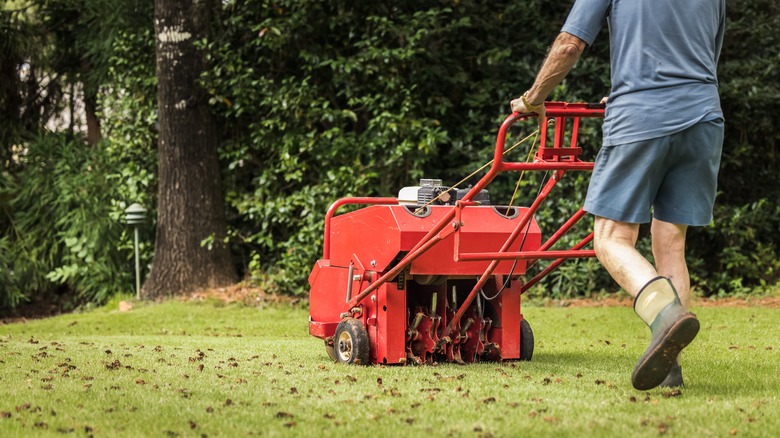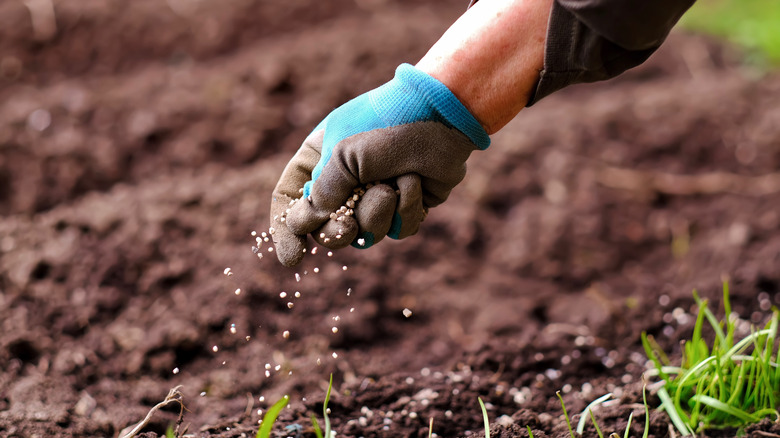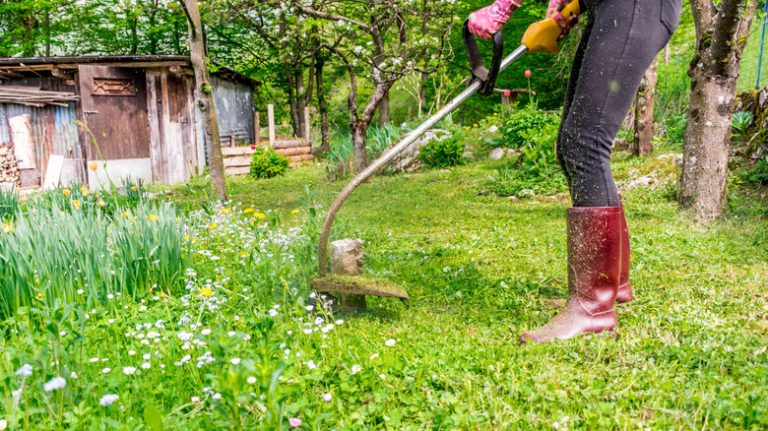The lawn is the foundation of a home’s exterior. It’s the first thing anyone notices when driving through the neighborhoods. Suppose the house has attractive architectural details, like outdoor light fixtures, the perfect exterior color combinations, and a cozy yet spacious front porch, but its lawn is brown and dry. In that case, it’ll diminish its unique qualities. Maintaining the lawn’s healthiness and overall look boosts your home’s curb appeal. Sometimes, it’s inevitable that the lawn gets sun-scorched during the warmer seasons, especially if it’s not protected by shade from trees. However, adjusting your lawn’s watering and fertilizing levels and ensuring its soil isn’t compacted can help heal the sunburn.
Compacted soil is caused by heavy foot traffic. When you’re constantly walking around the lawn, the weight’s pressure continuously reduces and removes the air from the soil, hardening it. The lack of air circulation in the soil makes it hard for water to reach the roots; instead, it sits on the surface. Lawn aeration can help break up the compacted soil so that a new watering schedule can occur and help your lawn look brand-new. In addition, the soil will be able to soak up the nutrients from the fertilizer better, which will help it grow. While it sounds like a lot of work to bring your lawn back to life, it’s possible to do so with time. It’s vital to figure out your lawn’s needs first.
Aerating and watering your lawn

A sunburnt lawn is the first sign that the soil is compacted. Without adequate air circulation in the soil, the lawn won’t be able to soak up the water you give it, which makes it easily susceptible to burning under the hot sun. A straightforward way to tell if the soil is compacted is by touching the surface. If the soil is hard where a shovel can’t make its way through, it’s compacted and must be aerated. You’ll need an aerator to pull out grass plugs, allowing air to enter the soil and help decompress it.
Further, it allows water and fertilizer to reach the roots. You can aerate the lawn by yourself or call a professional, but it’s an effortless process you can do on your own. Home Depot and other home improvement stores offer rental services where you can rent an aerator for the day. Once you aerate the lawn, overseed it and water it to get it to grow.
Aerating is an excellent start to improving your lawn’s sunburn, but if the soil isn’t compacted and it’s consuming water perfectly, then you should try adjusting its water levels. Typically, lawns should get 1 to 2 inches of water per week via rainfall or sprinklers, but if your grass is burnt, deep watering can help get it back on track. Deeply water your lawn once or twice a week to allow the water to reach the roots.
Adjusting your lawn’s fertilizing and trimming levels

While watering can help keep the soil moist, the lawn still needs nutrients to grow. Mixing fertilizer with nitrogen will give the lawn a boost of nutrients. The combination of fertilizer and nitrogen speeds up the lawn’s growing process. However, it can also make it more sensitive to heat, so it’s best to fertilize slowly. If you start fertilizing before or after the hot weather, the grass will have an easier time soaking up in cooler temperatures. Of course, you don’t want to over-fertilize your lawn because it can cause it to dry out even more. If you plan to fertilize, opt for a high-concentrated nitrogen fertilizer in the spring and a high-concentrated potassium fertilizer in the fall to help with root growth. After fertilizing, water your lawn with 1 inch of water for seven days to see new growth.
Over time, you’ll notice the new growth covering the sunburned areas. It will take time for your lawn to look brand-new and healthy, but once it reaches that state, try to maintain its healthiness. For instance, create a watering schedule you can follow or set your sprinklers on a timer so that they can water your lawn when you’re out of town. On the other hand, when mowing your lawn, only trim ⅓ inch of the blades to prevent putting stress on them.
